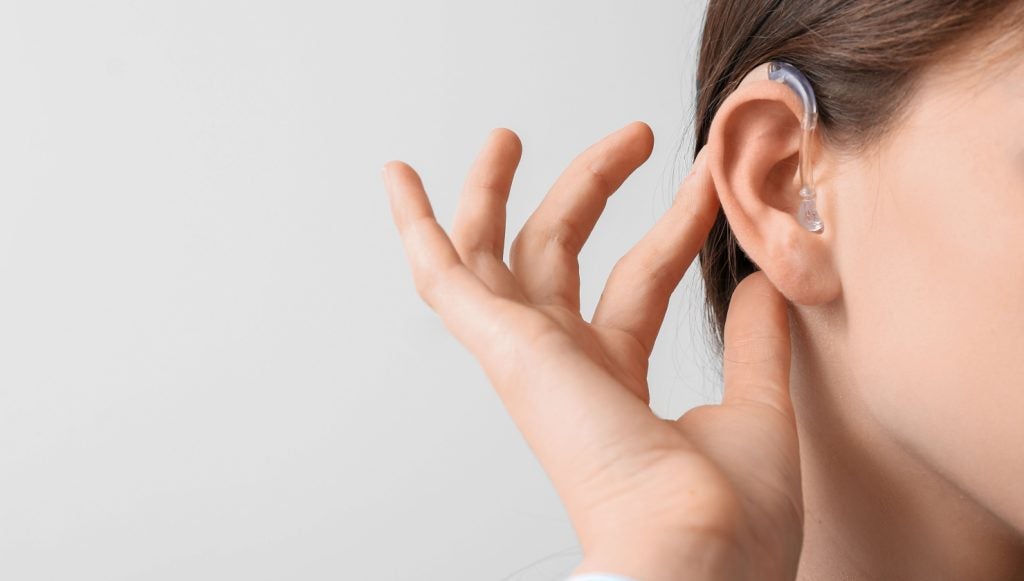Hearables is the largest segment of the wearable tech industry by revenue. The global hearables market will reach sales of $131 billion by 2030, having grown at a compound annual growth rate (CAGR) of 15.7% from 2023, according to GlobalData forecasts. Hearables that use sensors to monitor the wearer’s health are becoming increasingly popular, and market leaders are working on healthcare features for the next generation of devices.
The most obvious use of hearables is to provide assistance to individuals with hearing impairments. More than 900 million people worldwide will have disabling hearing loss by 2050, up from 466 million in 2020, according to the World Health Organisation. Specialised hearing aid makers have traditionally served this population, but it is also a large potential market for hearables vendors. The FDA eased hearing aid regulations in 2022, allowing for the sale of over-the-counter hearing aids for adults aged over 18 years with perceived mild to moderate hearing loss. Apple, Bose and Nuheara have added hearing aid-like sound amplification systems to their consumer-grade devices, positioning them as alternatives to hearing aids. Vendors will likely continue to add sound amplification systems to their hearables to target consumers with mild hearing disabilities.
Hearables equipped with sensors and connectivity can be used for biometric monitoring. For example, they can determine body temperature via a wearer’s ear canal, which is considered more accurate than wrist temperature. Hearables can collect data such as a user’s heart rate and activity level, then transmit this information to healthcare professionals when needed. This enables doctors to monitor patients' health conditions in real time, make informed decisions and provide timely interventions.
Hearables can detect movement and warn of falls
Some hearables include biofeedback sensors that can measure physiological indicators of stress and anxiety, such as heart rate variability. Users can then receive real-time feedback and practice relaxation techniques. Hearables that are equipped with accelerometers and gyroscopes can detect sudden movements or falls. These devices can automatically alert caregivers or emergency services if a fall is detected, which is particularly useful for elderly individuals who are at risk of falls.
Hearables have several medical uses within the field of ear, nose, and throat medicine, also known as otolaryngology. Hearables can be useful for preliminary hearing screenings or monitoring changes in hearing over time, potentially reducing the need for frequent visits to audiologists. Tinnitus, a condition characterised by ringing or buzzing sounds in the ears, can be managed through certain types of hearables that provide soothing sounds or customisable soundscapes to mask the tinnitus sounds and alleviate discomfort.
While hearables hold promise for these healthcare applications, they should be developed and used in compliance with relevant regulations and standards to ensure safety, accuracy and privacy. As technology continues to advance, the potential uses of hearables in healthcare may expand even further, contributing to improved patient outcomes and more personalised healthcare experiences.









